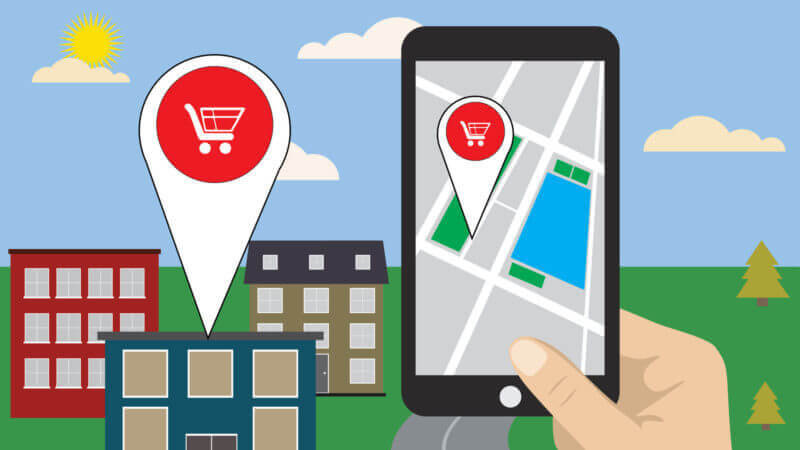Data: Retailers that can expect to see Black Friday store visits and those that won’t
Expected winners include Best Buy and Macy's while foot traffic declines will be seen at Chick-Fil-A, Walgreens and Ace.
Starting tomorrow major retailers are expecting a big uptick in online buying and in-store foot traffic, driven by discounting and the Black Friday shopping frenzy. Gravy Analytics has released data that suggests, based on 2017 data, which stores are likely to see increased foot traffic and which ones will see fewer shoppers in their retail locations.
Traditional retailers set for major foot traffic increases. The data are based on mobile-location store visitation data captured Black Friday week last year. Based on that data, the following are the stores that can expect to see the largest visitation gains and those at the other end.
Foot traffic increases/declines during Black Friday week 2017 compared to previous week
Source: Gravy Analytics (2018)
If the pattern last year holds true in 2018, major traditional retailers can expect to see big increases in store visits. Best Buy, JCPenney and Macy’s in particular saw very significant visitation growth last year during the Black Friday period. Though not included in the partial list above, many discount retailers saw much smaller gains (in single digits) or even losses. Costco was off 4 percent and Dollar Tree was off 1 percent for example.
Fast food, convenience stores down. In general, fast food, grocery, hardware stores, pharmacies, gas stations and convenience stores saw fewer visits. There’s no obvious explanation for this except that people may be seeking to maximize time in major retail stores to get as much shopping done as possible.
There will be other foot-traffic reports out next week. It will be interesting to compare this data is predictive of actual 2018 store visits.
Why you should care. Mobile location data can be used strategically to help marketers and retailers better adapt to competitive dynamics in their markets. For example, underperforming retailers on the list above could have used this historical data to recognize they needed to boost ad spending and awareness of their Black Friday deals — or to create new deals or promotions to take advantage of the shopping holiday.
Fast food locations near some of the better performing retailers (e.g., Best Buy) could have piggybacked on the expected increases in foot traffic with special offers or pointed out nearby locations for shoppers seeking to “refuel.” But those kinds of creative ideas and promotions rely on a basic awareness and understanding of this data.
Opinions expressed in this article are those of the guest author and not necessarily MarTech. Staff authors are listed here.
Related stories

